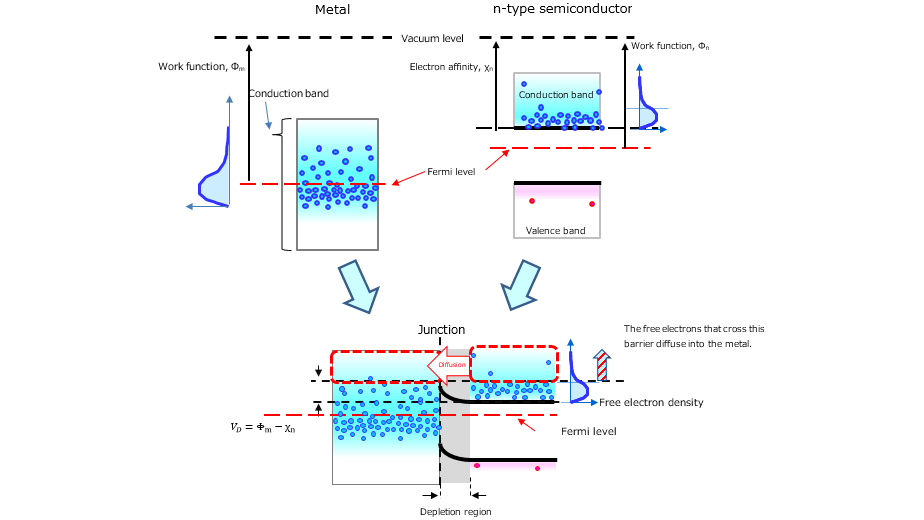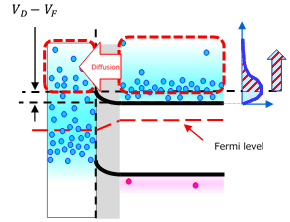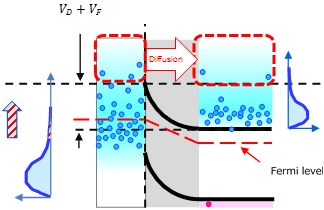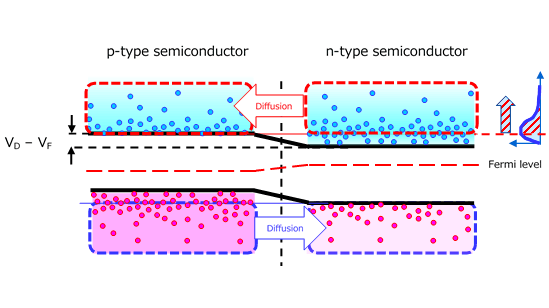- General Top
- SEMICONDUCTOR
- STORAGE
- COMPANY
-
My ToshibaSemicon
- Semiconductor Top
-
ApplicationsAutomotive
Body Electronics
xEV
In-Vehicle Infotainment
Advanced Driver-Assistance Systems (ADAS)
Chassis
IndustrialInfrastructure
BEMS/HEMS
Factory Automation
Commercial Equipment
Consumer/PersonalIoT Equipment
Healthcare
Wearable Device
Mobile
Computer Peripherals
-
ProductsAutomotive Devices
Discrete Semiconductor
Diodes
Transistors
Logic ICs
Analog Devices
Digital Devices
Wireless Devices
※
: Products list (parametric search)
Power SemiconductorsSiC Power Devices
※
: Products list (parametric search)
Isolators/Solid State RelaysPhotocouplers
Digital Isolators
Solid State Relays
Fiber Optic Transmitting Modules
※
: Products list (parametric search)
MOSFETsIGBTs/IEGTsBipolar Transistors※
: Products list (parametric search)
Diodes※
: Products list (parametric search)
MicrocontrollersMotor Driver ICsIntelligent Power ICs※
: Products list (parametric search)
Power Management ICsLinear ICs※
: Products list (parametric search)
General Purpose Logic ICsLinear Image SensorsOther Product ICsOther Product ICs
※
: Products list (parametric search)
-
Design & Development
Design & Development
Innovation Centre
At the Toshiba Innovation Centre we constantly strive to inspire you with our technologies and solutions. Discover how to place us at the heart of your innovations.
-
Knowledge
Knowledge
Highlighted Topics
Further Materials
Other
- Where To Buy
- Part Number & Keyword Search
- Cross Reference Search
- Parametric Search
- Stock Check & Purchase
This webpage doesn't work with Internet Explorer. Please use the latest version of Google Chrome, Microsoft Edge, Mozilla Firefox or Safari.
require 3 characters or more. Search for multiple part numbers fromhere.
The information presented in this cross reference is based on TOSHIBA's selection criteria and should be treated as a suggestion only. Please carefully review the latest versions of all relevant information on the TOSHIBA products, including without limitation data sheets and validate all operating parameters of the TOSHIBA products to ensure that the suggested TOSHIBA products are truly compatible with your design and application.Please note that this cross reference is based on TOSHIBA's estimate of compatibility with other manufacturers' products, based on other manufacturers' published data, at the time the data was collected.TOSHIBA is not responsible for any incorrect or incomplete information. Information is subject to change at any time without notice.
require 3 characters or more.
2-1. Schottky contact (Schottky junction) Φm > Φn
Let the work function of a metal be Φm and that of an n-type semiconductor be Φn. When Φm > Φn, a Schottky junction is formed when the n-type (or p-type) semiconductor is in contact with the metal. The Schottky junction is used to create Schottky barrier diodes. The following shows the band diagram of a Schottky junction formed by an n-type semiconductor and a metal.
As electrons move from a higher energy level to a lower energy level, they travel from the conduction band of the semiconductor to that of the metal. As a result, a depletion region extends only into the semiconductor side. As is the case with the pn junction, the Fermi level on the semiconductor side and that on the metal side match. In an equilibrium state, the junction has a diffusion barrier equal to the work function of the metal (Φm) minus that of the n-type semiconductor (Φn).
Free electrons are distributed across the n-type semiconductor according to the Fermi distribution. The electrons that cross the barrier of VD flow into the metal.
Application of external voltage does not affect the barrier from the metal to the semiconductor, but causes the barrier from the semiconductor to the metal to shift by the applied voltage. This shift in the diffusion barrier causes a change in the current flowing through a Schottky barrier diode.



Chapter2 Basics of Schottky Barrier Diodes (Basic of Metal-semiconductor junction)
Related information
- Products
Schottky Barrier Diodes - Application Notes
Application Notes - FAQs
Diodes - Parametric Search
Schottky Barrier Diodes - Stock Check & Purchase
Stock Check & Purchase




